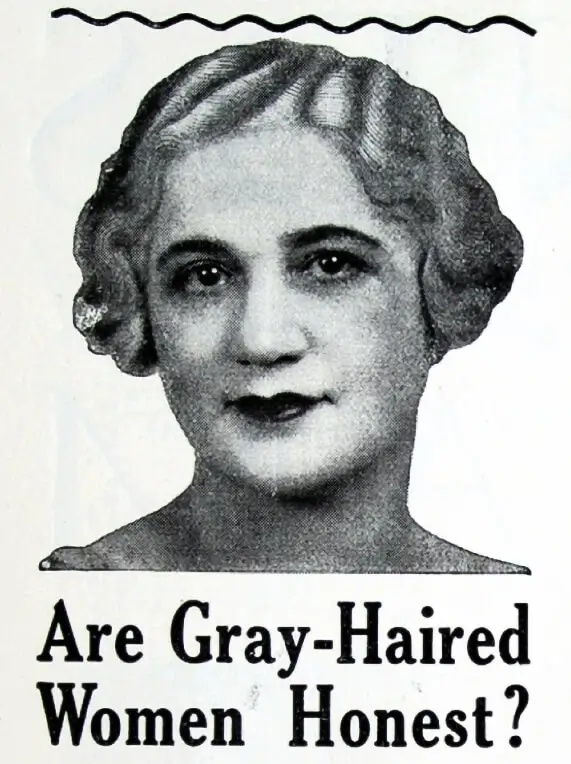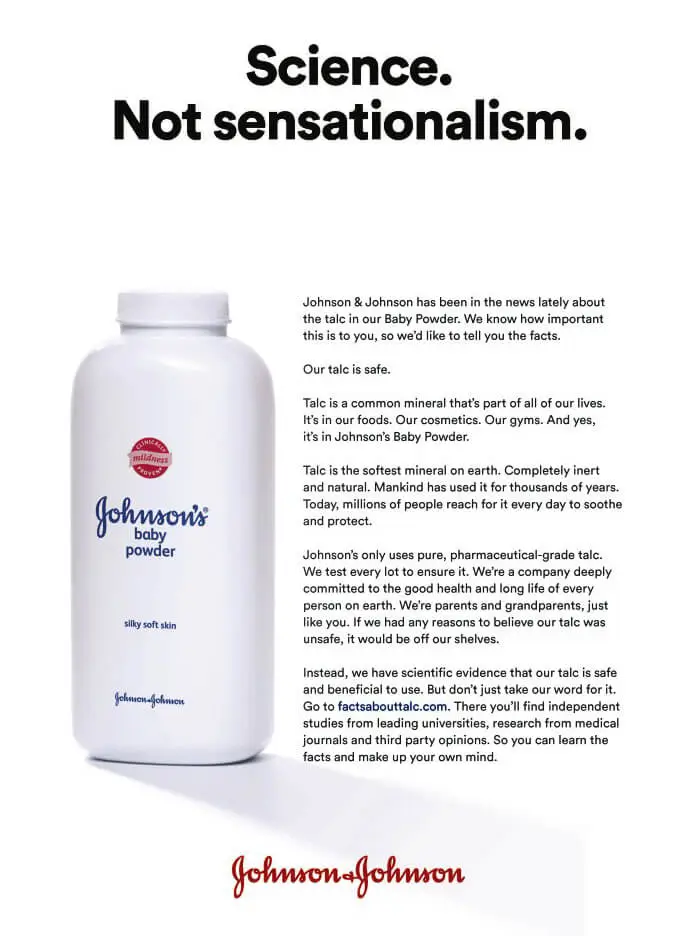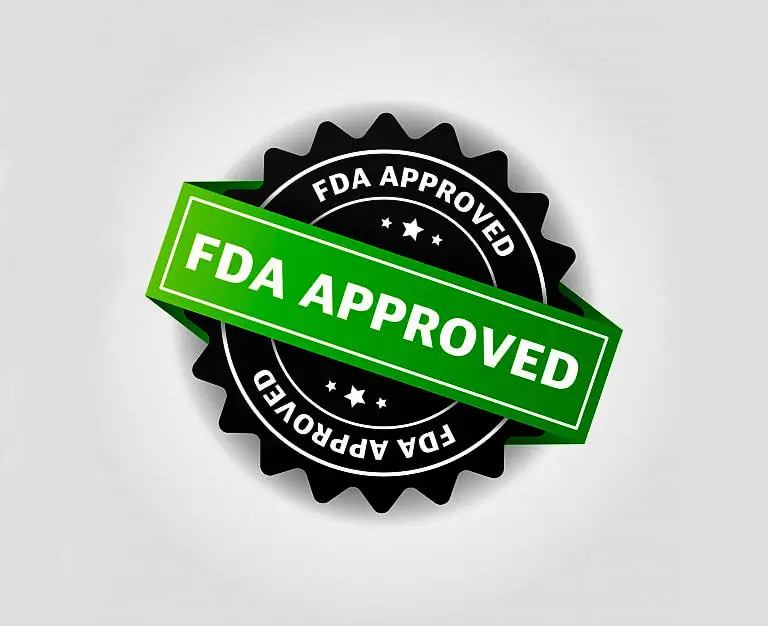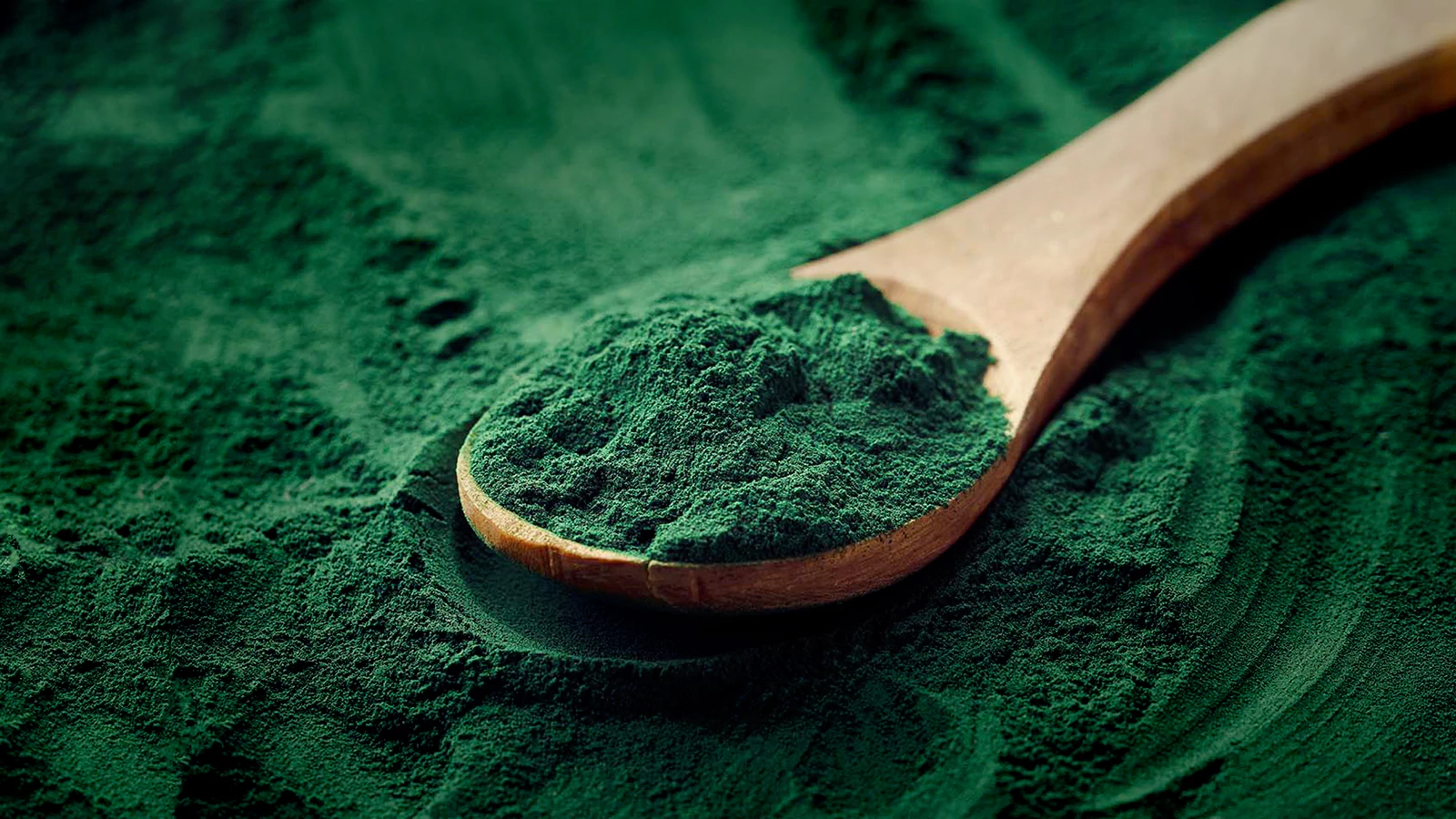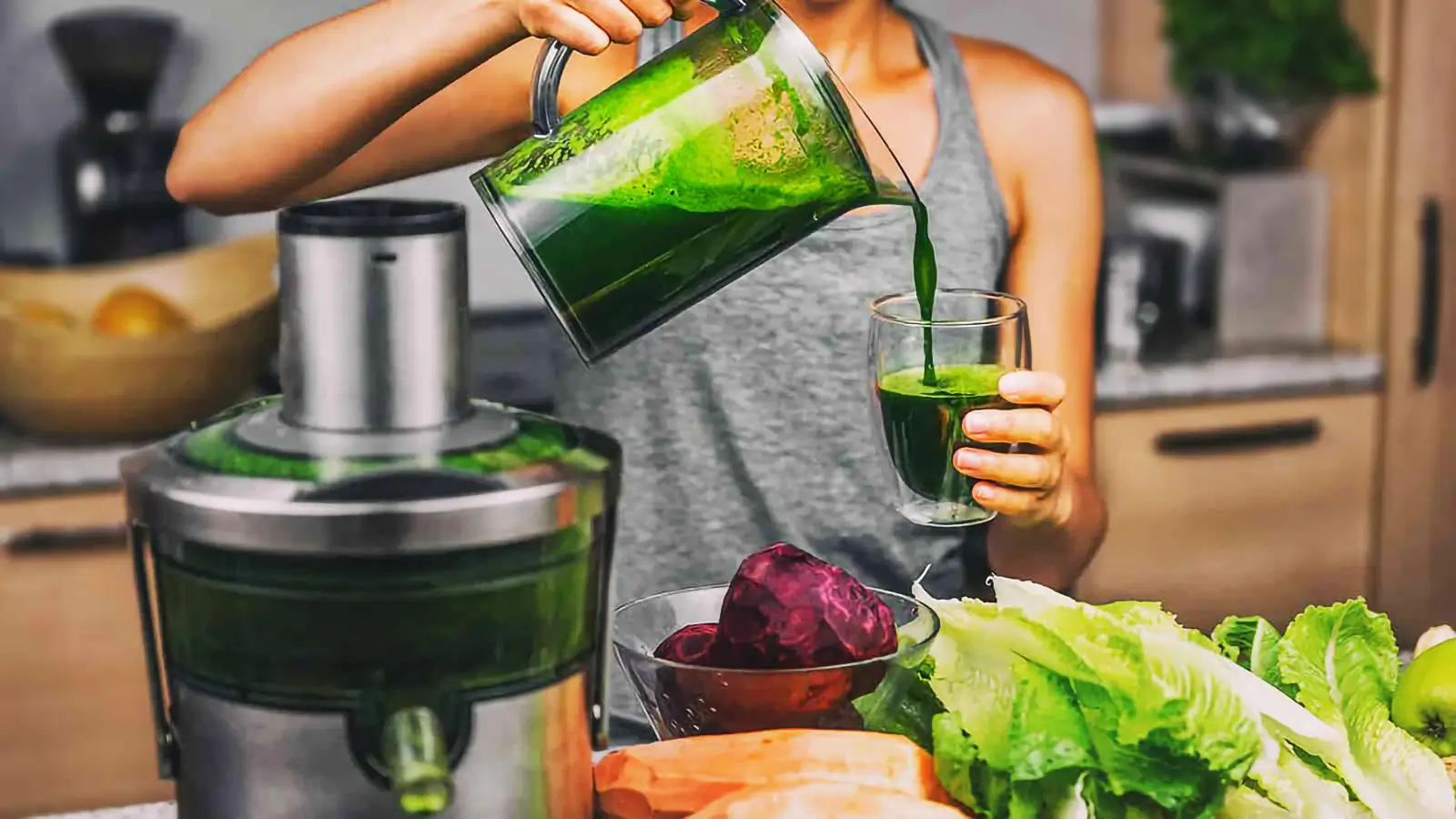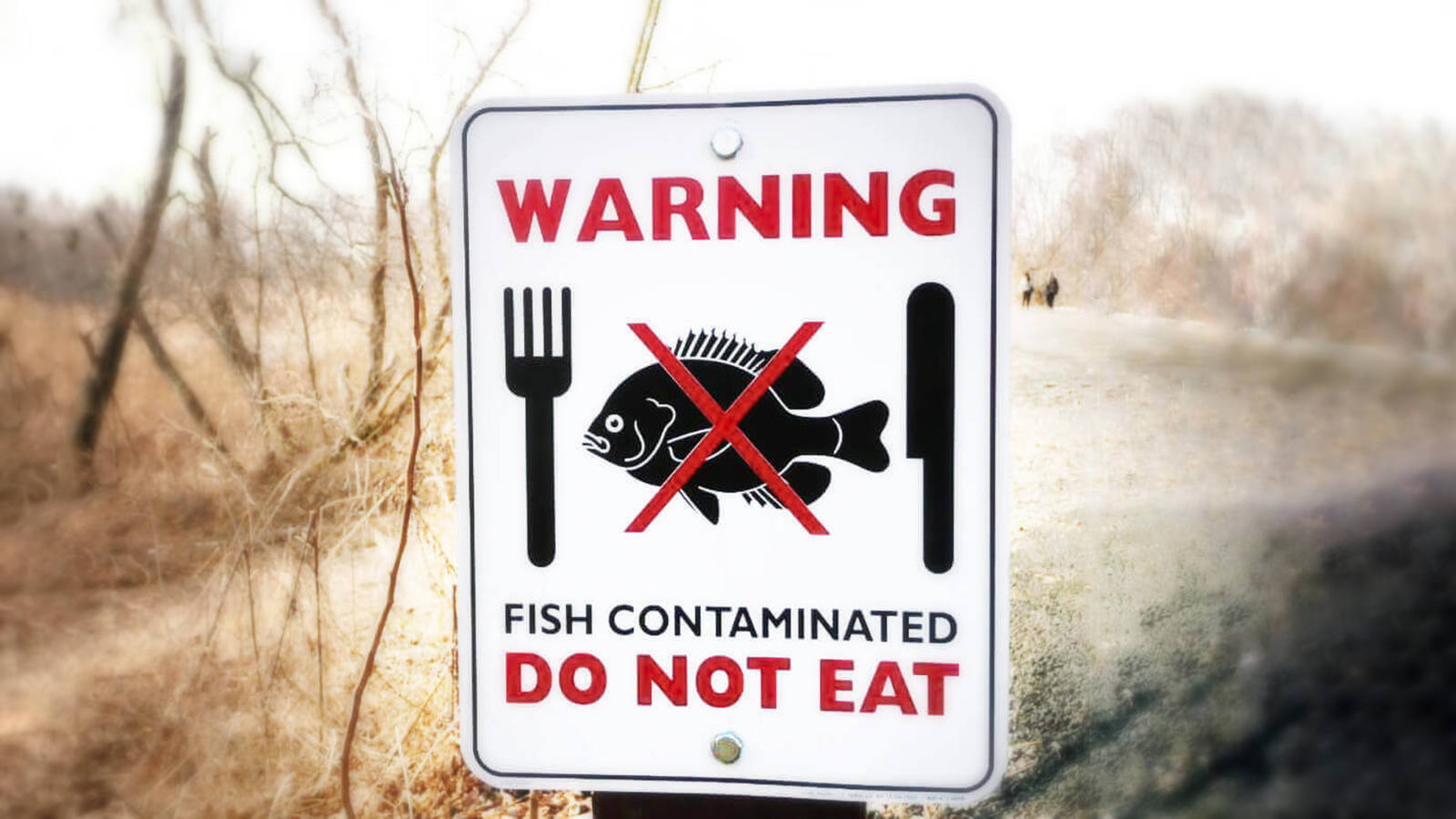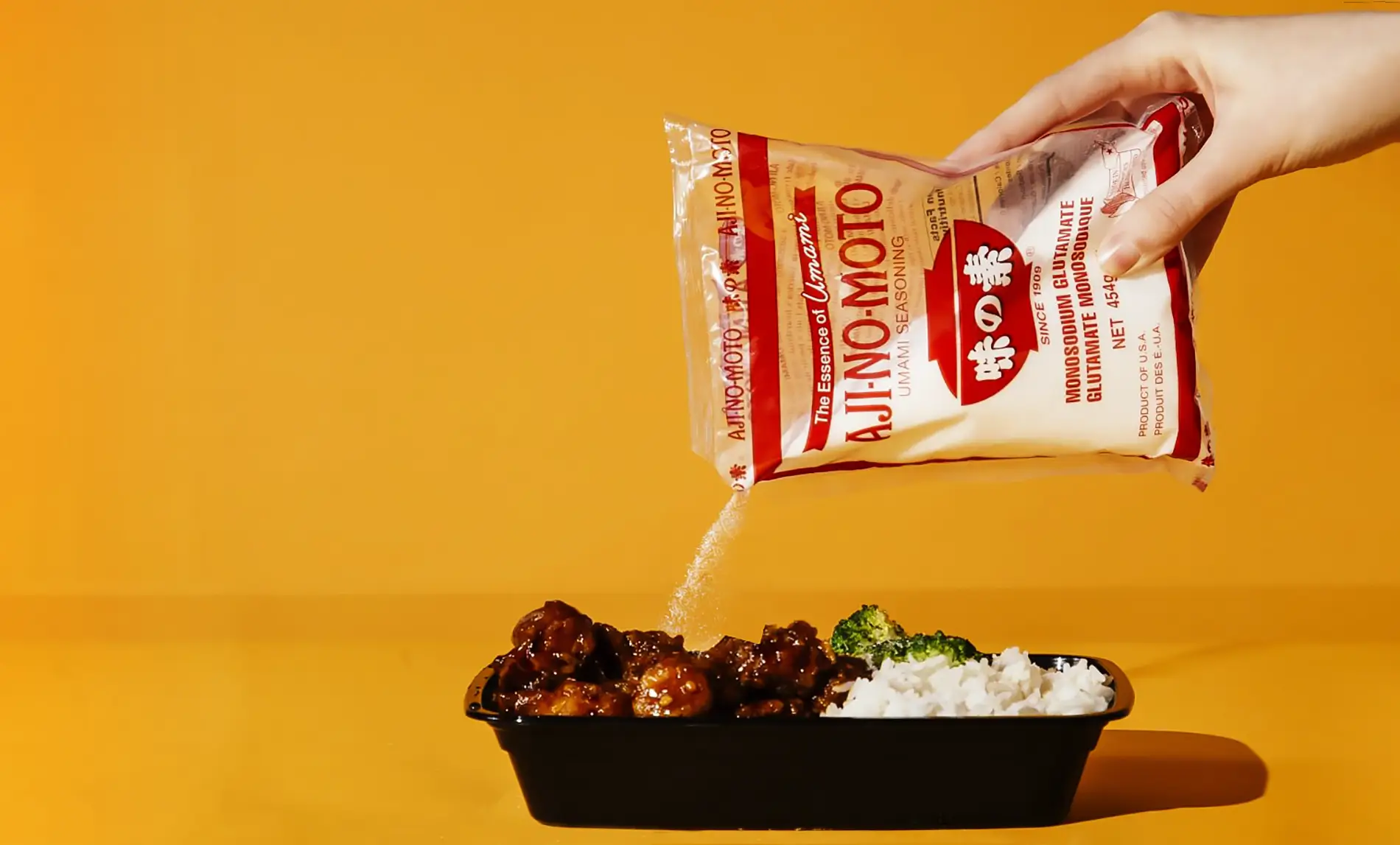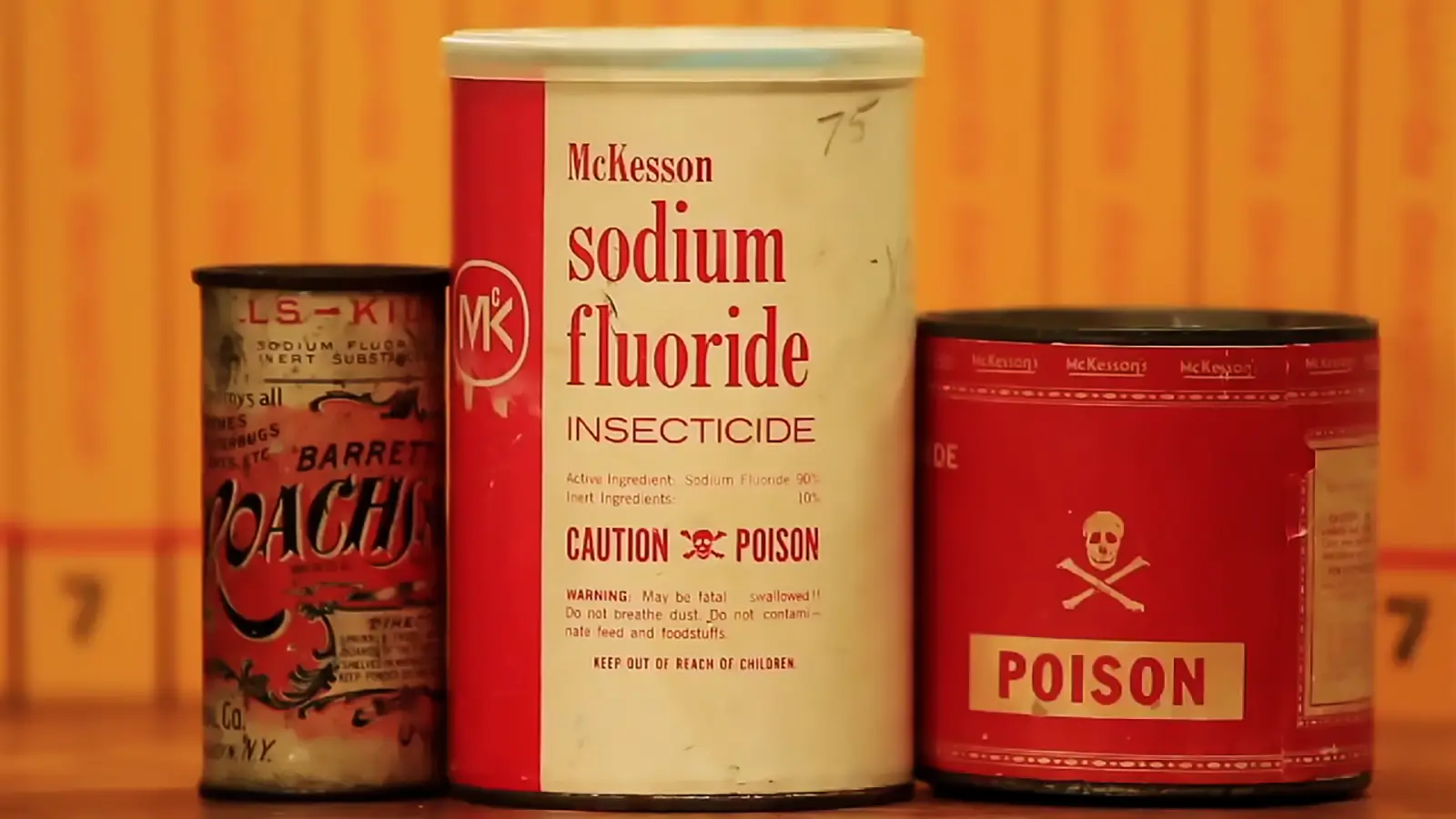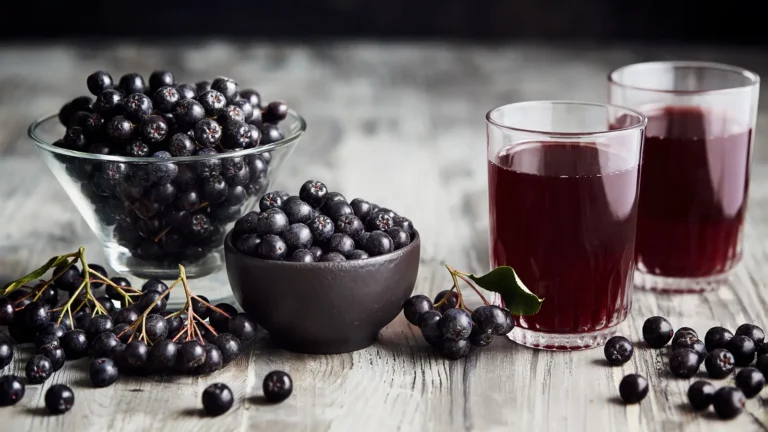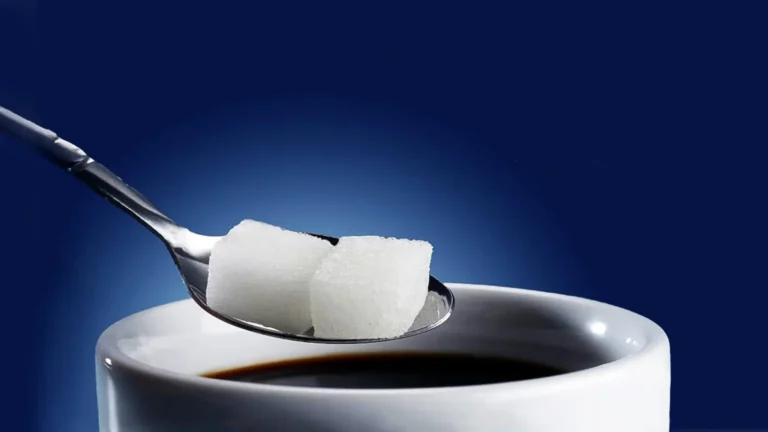Exposición a la Toxicidad de Los Cosméticos- Evaluación de Riesgos Sanitarios
En la actualidad se utilizan más de 84.000 ingredientes en los cosméticos. Más de 12.000 de ellos son productos químicos industriales utilizados como ingredientes cosméticos.
Milos Pokimica
Escrito por: Milos Pokimica
Revisado Médicamente Por: Dr. Xiùying Wáng, M.D.
Actualizado 16 de julio de 2023Todavía hay otra vía por la que las toxinas pueden entrar en nuestro organismo. No es a través de los alimentos, el agua, el aire o la radiación. Es a través de la piel.
Todos los cosméticos que nos ponemos en la piel penetran en ella, son absorbidos por los tejidos y el sistema sanguíneo y entran directamente en nuestro organismo. Es peor que comerlo, porque en nuestro sistema digestivo hay ácidos en el estómago y miles de millones de microorganismos probióticos protectores que pueden ayudarnos en cierta medida.
Poner algo en nuestra piel es lo mismo que inhalarlo o inyectarlo directamente en nuestras venas. En realidad, la exposición a la toxicidad de los cosméticos es peor.
If you do not want to eat it, then don’t put it on your skin.
Si eres mujer y necesitas teñirte el pelo, primero ponte un poco de ese tinte de amoniaco en la boca porque eso es precisamente lo que haces cuando te pones el tinte en la cabeza.
Many studies had been done on the possible link between hair dye use and cancer for many years, especially linked to bladder cancer, leukemia, and lymphomas. Early hair dyes contained some aromatic amines, which were found in the late 1970s to cause cancer in lab animals. Today IARC has established that workplace exposure as a hairdresser or barber is probably carcinogenic to humans.
Lo que sabemos que es tóxico y también se encuentra en la mayoría de los tintes para el cabello es:
- PPD – PPD – Para-phenylenediamine is abbreviated as PPD. It is created from coal tar, a petroleum-derived chemical that contains benzene, naphthalene, phenols, aniline, and other compounds, and is used as a dye for dark color shades. It is important to prevent skin contact. Is also used as a wood preservative. According to research, PPD and hydrogen peroxide together are extremely hazardous and can cause cancer.
- Peróxido de hidrógeno - Antes de aplicar un tinte, se suele utilizar peróxido de hidrógeno para eliminar el color natural. Se alega que altera la estructura del cabello, lo vuelve quebradizo y le roba su brillo natural.
- Amoníaco – Ammonia is used to crack open the hair’s cuticle, or outside layer so that colors can penetrate it. It may produce caustic burns and lung irritation.
- DMDM Hidantoína -Cuanto más tiempo se deja la DMDM Hidantoína en la estantería, más lentamente libera la peligrosa sustancia química formaldehído. Podría irritar los tejidos y afectar al sistema inmunitario. Además de utilizarse en herbicidas, ceras para suelos, polímeros, fotografía en color, pinturas de látex, aceites de corte, adhesivos, papel para copias y tintas, la hidantoína DMDM también mata hongos, levaduras y bacterias.
- Parabenos - El metilparabeno y el propilparabeno son los dos conservantes parabenos más utilizados. Se encuentran con frecuencia en productos para el cuidado del cabello y pueden provocar reacciones graves y erupciones cutáneas.
- Acetato de plomo - Los tintes oscuros contienen acetato de plomo como ingrediente colorante. Está relacionado con problemas neurológicos y anemia.
- Resorcinol - El resorcinol es un tinte peligroso que puede irritar el cuero cabelludo y es un alergeno del sistema endocrino.
También existe una lista de más de 20 sustancias químicas diferentes para tintes capilares prohibidas por la Comisión Europea hasta la fecha.
La lista de 22 sustancias químicas para tintes capilares prohibidas por la Comisión Europea.
- 6-metoxi-2,3-piridindiamina y su sal HCl
- 2,3-Naftalendiol
- 2,4-Diaminodifenilamina
- 2,6-Bis(2-hidroxietoxi)-3,5-piridindiamina
- 2-metoximetil-p-aminofenol
- 4,5-Diamino-1-Metilpirazol y su sal HCl
- Sulfato de 4,5-diamino-1-((4-clorofenil)metil)-1H-pirazol
- 4-cloro-2-aminofenol 4-hidroxiindol
- 4-Metoxitolueno-2,5-Diamina y su sal HCl
- Sulfato de 5-amino-4-fluoro-2-metilfenol
- N,N-Dietil-m-Aminofenol
- N,N-Dimetil-2,6-Piridindiamina y su sal HCl
- N-ciclopentil-m-aminofenol
- N-(2-Metoxietil)-p-fenilendiamina y su sal HCl
- 2,4-Diamino-5-metilfenetol y su sal HCl
- 1,7-naftalendiol
- Ácido 3,4-diaminobenzoico
- 2-Aminometil-p-aminofenol y su sal HCl
- Rojo disolvente 1 (CI 12150)
- Naranja ácido 24 (CI 20170)
- Rojo ácido 73 (CI 27290)
De nuevo, si no quieres comerlo, no te lo pongas en la piel. Se añadirá a la exposición tóxica general, incluso si no son productos químicos cancerígenos. Las peluquerías ecológicas están apareciendo como setas debido a la creciente concienciación sobre los tóxicos.
Qué pasa con el resto de la exposición a la toxicidad de los cosméticos? En 2017, la industria cosmética a escala mundial alcanzó los 265.000 millones de dólares de ingresos. En el caso de los productos que se utilizan a diario, los pequeños efectos acumulados a lo largo del tiempo en grandes poblaciones pueden ser casi imposibles de predecir sin análisis y estudios exhaustivos, y eso es algo en lo que nadie quiere invertir. Se han hecho algunos estudios, pero no son suficientes.
En la actualidad, los fabricantes de cosméticos no tienen ninguna obligación legal de informar sobre los problemas de salud de sus productos.
Un excelente ejemplo de ello es la empresa Johnson & Johnson, que ha sufrido una serie de costosas derrotas en los tribunales por los casos de cáncer inducido por sus polvos de talco. Y aún se avecinan muchos más casos. Lo que ocurrió fue que unos memorandos internos demostraron que Johnson & Johnson conocía el riesgo de cáncer, pero aun así decidió desinformar y presentar los polvos de talco como un producto absolutamente seguro.
En un primer momento, un jurado del estado estadounidense de Misuri concedió 550 millones de dólares de indemnización a 22 mujeres. Además, un jurado añadió 4.100 millones de dólares en daños punitivos. Hasta la fecha, Johnson & Johnson se enfrenta a unos 9.000 casos judiciales relacionados con su talco para bebés, con cientos de demandas más pendientes. Los memorandos revelaron que hace décadas sus propios toxicólogos contratados advertían a la empresa de que existe una asociación estadísticamente significativa entre el uso de conversaciones higiénicas y el cáncer de ovario. Llevó años, pero con el tiempo se realizaron nueve estudios y se publicaron en la literatura abierta. También advirtieron a Johnson & Johnson de que, si negaban este riesgo, la industria de los polvos de hablar sería considerada por la opinión pública igual que la de los cigarrillos. El principal argumento de las familias de las víctimas era que la empresa conocía, pero deliberadamente no presentó una advertencia adecuada a los clientes sobre los riesgos de utilizar el polvo para hablar en cuestión. La principal sustancia cancerígena en cuestión era el talk, que puede encontrarse en muchos productos domésticos cotidianos como polvos corporales, cosméticos o productos diseñados especialmente para bebés. El Centro Internacional de Investigaciones sobre el Cáncer clasifica el uso perineal de productos que contienen talco como posiblemente cancerígeno para el ser humano. El talco, un mineral natural, también puede contener a veces trazas de amianto, pero el amianto se eliminó de los polvos en los años 70 y no es el culpable en este caso, sino la palabrería. Puede ser seguro en el área de la axila sudorosa, pero las mujeres tradicionalmente ponen las cosas en sus genitales y los genitales de los bebés también. La inhalación también es cancerígena, y las personas que trabajan con palabrería corren un riesgo mayor. También aumenta el riesgo de tumores fibroides. Este tipo de tumor no tiene riesgo de malignidad. Se componen de células musculares que crecen en exceso hasta formar una masa o nudo dentro del útero que provoca hinchazón, aumento de la micción y dolor abdominal. A los 50 años lo padecen más del 80% de las mujeres negras y el 70% de las blancas.
Ahora no podemos vivir una vida de paranoia y privación con miedo a todos los productos que hay por ahí. Todo lo que puedo decir es bienvenido al mundo real de "estar informado". La ignorancia puede ser la dicha más adelante.
En la actualidad, se utilizan más de 84.000 ingredientes en los cosméticos. Más de 12.000 de ellos son productos químicos industriales utilizados como ingredientes cosméticos. Algunas de ellas son toxinas reproductivas, carcinógenos conocidos y disruptores endocrinos.
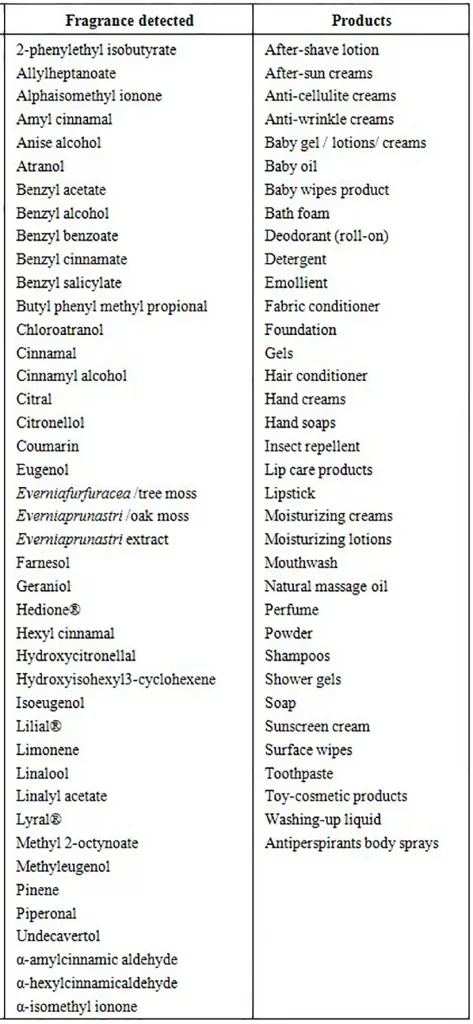
Parabenos are preservatives used in cosmetics with 75 to 90 percent of cosmetics containing them. Also, parabens are used as fragrance ingredients, but consumers will not find that listed on the label because fragrance recipes are considered trade secrets. What they do is mimic estrogen. They are one of the well-known xenoestrogens. Studies show that methylparaben used on the surface of the skin responds with a UVB spectrum of light increasing skin damage, and causing aging and DNA damage. They can be present naturally in certain foods but are metabolized when eaten. When applied to the skin they will be absorbed into the body directly into the bloodstream. Going into details about all of these chemicals is useless. Without governmental regulation, you as a consumer cannot read and understand all of the weird chemicals if they are even listed. There are a bunch of them that are known to be toxic. I will just name them and won’t go into details just so that we can have some objective views.
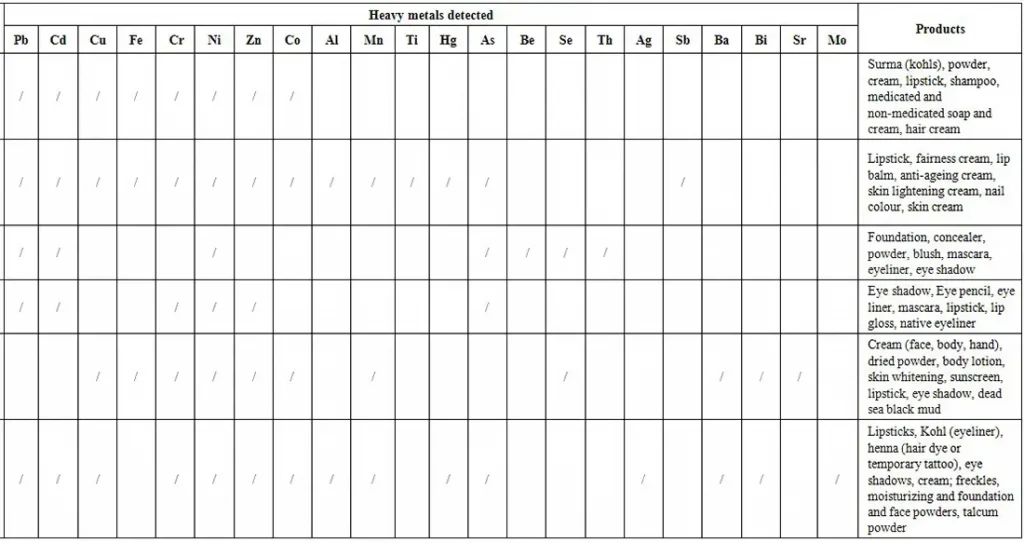
La mujer común utiliza 12 productos de cuidado personal al día y el hombre unos 6. Cada producto contiene una larga lista de sustancias químicas. Menos del 20% de estas sustancias químicas son sometidas a pruebas de seguridad por los paneles de seguridad de la industria. Se limitan a verterlas en los productos, literalmente. No tienen la obligación legal de probarlos. A la industria le resultaría demasiado caro realizar ensayos clínicos a doble ciego de cada sustancia química que introduce en los cosméticos y no tiene obligación legal de hacerlo. Por lo tanto, no sabemos qué pueden hacer estas sustancias químicas.
En las etiquetas de los cosméticos, palabras como "natural", "a base de plantas" y "ecológico" no tienen definición legal.. Eso significa que las empresas pueden poner productos químicos de laboratorio y llamarlos naturales porque huelen a flores. Las esencias herbales de Procter and Gamble, el champú número dos en EE.UU., por ejemplo, tienen las "esencias" hechas de aceite, y usted lo leerá como una fragancia en la etiqueta. Añaden un toque de aceites reales de plantas para poder tener una bonita imagen en la parte delantera y engañarte. Este aceite esencial natural real no es lo que les da un olor refrescante. Además, el ácido cítrico, un ingrediente natural que suele encontrarse en cítricos como las naranjas y los limones, está ahí para equilibrar el pH del champú a 5,5 aproximadamente. Los champús, incluidos los de marcas como Herbal Essences, se mantienen en un nivel de pH ligeramente ácido. El ácido cítrico actúa como conservante, y los niveles ácidos se mantienen porque el pelo parece más brillante y queda más suave. El citrato de sodio, que también es un ingrediente de Herbal Essences, consigue el mismo resultado que el ácido cítrico y es más barato, pero le añaden ácido cítrico al lado. Lo hacen para engañarte porque si te crees listo y sabes qué y de dónde es el ácido cítrico pensarás que debe ser un champú "natural".
The worst of all cosmetics on the market are skin whitening creams. They are super toxic. When for example Estee Lauder offers you a chance to help fight breast cancer they are at the same time using chemicals that are linked to cancer. The pink ribbon is so “empowering” to the woman’s cause. They all know how much real intelligence an average woman has.
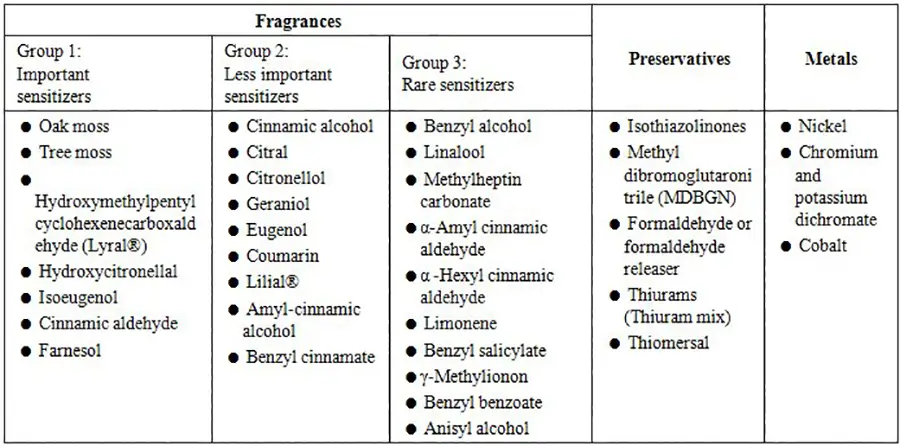
The way they get away with this is marketing and when somebody asks them why are they using these chemicals they have a defense that these chemicals are a necessity. Without them, there will not be most of the products on shelves because there isn’t any other way for manufacturing them. These products will be overly expensive, and most women will have no money to buy them, and the doses used are so small that they will have no impact on the health of the users. And yes, they know all of this even if there are no clinical trials for most of the chemicals they are using. Some of the workers get dosed all day long. Even now when there are studies that link many of these substances to diseases, there are no laws to force the industry to get rid of them.
La FDA no evalúa la seguridad de los productos de cuidado personal. Desde 1938 ha prohibido 8 de las más de 12.000 sustancias químicas utilizadas en los cosméticos. Ni siquiera exigen que todos los ingredientes figuren en la etiqueta. Las empresas cosméticas se autocontrolan, y el cumplimiento de las recomendaciones es voluntario.
Referencias:
Pasajes seleccionados de un libro: Pokimica, Milos. ¿Te haces vegano? Revisión de la Ciencia Parte 2. Kindle ed., Amazon, 2018.
- He L, Michailidou F, Gahlon HL, Zeng W. Hair Dye Ingredients and Potential Health Risks from Exposure to Hair Dyeing. Chem Res Toxicol. 20 de junio de 2022;35(6):901-915. doi: 10.1021/acs.chemrestox.1c00427. Epub 2022 Jun 6. PMID: 35666914; PMCID: PMC9214764.
- Bhagavathula AS, Bandari DK, Khan M, Shehab A. A systematic review and meta-analysis of the prevalence and complications of paraphenylenediamine-containing hair dye poisoning in developing countries. Indian J Pharmacol. 2019 Sep-Oct;51(5):302-315. doi: 10.4103/ijp.IJP_246_17. Epub 2019 nov 26. PMID: 31831919; PMCID: PMC6892014.
- Nowak K, Ratajczak-Wrona W, Górska M, Jabłońska E. Los parabenos y sus efectos sobre el sistema endocrino. Mol Cell Endocrinol. 2018 Oct 15;474:238-251. doi: 10.1016/j.mce.2018.03.014. Epub 2018 mar 27. PMID: 29596967.
- Al-Halaseh LK, Al-Adaileh S, Mbaideen A, Hajleh MNA, Al-Samydai A, Zakaraya ZZ, Dayyih WA. Implication of parabens in cosmetics and cosmeceuticals: Ventajas y limitaciones. J Cosmet Dermatol. 2022 Aug;21(8):3265-3271. doi: 10.1111/jocd.14775. Epub 2022 Ene 23. PMID: 35032353.
- Nowak K, Jabłońska E, Ratajczak-Wrona W. Controversia en torno a los parabenos: Estrategias alternativas para el uso de conservantes en cosméticos y productos de cuidado personal. Environ Res. 2021 Jul;198:110488. doi: 10.1016/j.envres.2020.110488. Epub 2020 Nov 19. PMID: 33221305.
- Kim KB, Kwack SJ, Lee JY, Kacew S, Lee BM. Current opinion on risk assessment of cosmetics. J Toxicol Environ Health B Cri Rev. 2021 May 19;24(4):137-161. doi: 10.1080/10937404.2021.1907264. Epub 2021 Abr 8. PMID: 33832410.
- R, Siti Zulaikha. "Hazardous Ingredients in Cosmetics and Personal Care Products and Health Concern: A Review". Copyright ? 2012 Scientific & Academic Publishing. Todos los derechos reservados., article.sapub.org/10.5923.j.phr.20150501.02.html.
Contenidos Relacionados
¿Tienes alguna duda acerca de la nutrición y la salud?
Me encantaría saber de usted y responderlas en mi próxima publicación. Agradezco sus aportes y opiniones y espero tener noticias suyas pronto. También te invito a síguenos en Facebook, Instagram y Pinterest para más contenidos sobre dieta, nutrición y salud. Puedes dejar un comentario allí y conectar con otros entusiastas de la salud, compartir tus consejos y experiencias, y recibir apoyo y ánimo de nuestro equipo y nuestra comunidad.
Espero que este post le haya resultado informativo y ameno y que esté preparado para aplicar los conocimientos adquiridos. Si le ha resultado útil, por favor compártelo con tus amigos y familiares que también podrían beneficiarse de ella. Nunca se sabe quién puede necesitar orientación y apoyo en su camino hacia la salud.
– También Te Puede Interesar –

Aprenda Sobre Nutricion
Milos Pokimica es doctor en medicina natural, nutricionista clínico, escritor sobre salud médica y nutrición y asesor en ciencias de la nutrición. Autor de la serie de libros Go Vegan? Revisión de la Ciencia, también dirige el sitio web sobre salud natural GoVeganWay.com.
Descargo De Responsabilidad Médica
GoVeganWay.com le ofrece reseñas de las últimas investigaciones relacionadas con la nutrición y la salud. La información proporcionada representa la opinión personal del autor y no pretende ni implica sustituir el asesoramiento, diagnóstico o tratamiento médico profesional. La información proporcionada tiene fines informativos únicamente y no pretende sustituir la consulta, el diagnóstico y/o el tratamiento médico de un médico o proveedor de atención médica calificado.NUNCA ignore el CONSEJO MÉDICO PROFESIONAL O RETRASAR la BÚSQUEDA de TRATAMIENTO MÉDICO a CAUSA DE ALGO QUE HAYA LEÍDO EN O accesibles a TRAVÉS de GoVeganWay.com
NUNCA APLICAR CUALQUIER cambio de ESTILO de vida O CAMBIOS EN su totalidad COMO UNA CONSECUENCIA DE ALGO QUE HA LEÍDO EN GoVeganWay.com ANTES de CONSULTAR con LICENCIA PROFESIONAL MÉDICO.
En el caso de una emergencia médica, llame a un médico o al 911 inmediatamente. GoVeganWay.com no se recomienda ni aprueba ninguna de los grupos, las organizaciones, las pruebas, los médicos, productos, procedimientos, opiniones u otra información que pueda ser mencionado en el interior.
Selecciones del editor –
Milos Pokimica es doctor en medicina natural, nutricionista clínico, escritor sobre salud médica y nutrición y asesor en ciencias de la nutrición. Autor de la serie de libros Go Vegan? Revisión de la Ciencia, también dirige el sitio web sobre salud natural GoVeganWay.com.
Últimos artículos -
Planta De Noticias Basado En
-
DIY Natto: A Home Fermentation Guide to Japan’s Healthiest Breakfast
on junio 21, 2025
-
Most Americans Opposed To Cultivated Meat Ban After Tasting It, Says Study
on junio 21, 2025
-
11 Vegan Summer Lunches
on junio 21, 2025
-
This Watermelon Gazpacho Is A Fresh And Wholesome Summer Starter
on junio 21, 2025
-
Sticky Marmalade Tofu
on junio 20, 2025
-
Violife Launches ‘Market-First’ High-Protein Cheddar Alternative
on junio 20, 2025
-
How to Make Homemade Tofu And Why You’ll Never Want Store-Bought Again
on junio 20, 2025
Top Noticias De Salud — ScienceDaily
- Iron overload: The hidden culprit behind early Alzheimer’s in Down syndromeon junio 21, 2025
USC researchers have uncovered a hidden driver behind the early and severe onset of Alzheimer’s in people with Down syndrome: iron overload in the brain. Their study revealed that individuals with both conditions had twice the iron levels and far more oxidative damage than others. The culprit appears to be ferroptosis, an iron-triggered cell death mechanism, which is especially damaging in sensitive brain regions.
- Diabetes drug cuts migraines in half by targeting brain pressureon junio 21, 2025
A common diabetes drug may be the next big thing for migraine relief. In a clinical study, obese patients with chronic migraines who took liraglutide, a GLP-1 receptor agonist, experienced over 50% fewer headache days and significantly improved daily functioning without meaningful weight loss. Researchers believe the drug s ability to lower brain fluid pressure is the key, potentially opening a completely new way to treat migraines. The effects were fast, sustained, and came with only mild side […]
- Cold sore virus hijacks human genome in 3D–and scientists found its weak spoton junio 20, 2025
Cold sore-causing HSV-1 doesn’t just hijack cells it reconfigures the entire architecture of our DNA to aid its invasion. Researchers discovered that it actively reshapes the 3D structure of the human genome within hours of infection, using host enzymes like topoisomerase I to gain access to crucial genetic machinery. Stunningly, blocking this single enzyme shuts the virus down completely.
- Fitness trackers are failing millions — this fix could change everythingon junio 20, 2025
Fitness trackers often fail people with obesity by underestimating their energy burn, leading to discouraging results and misguided health data. A scientist’s frustrating experience in an exercise class with his mother-in-law where her effort wasn t reflected on the fitness leaderboard sparked a breakthrough. His team at Northwestern developed a new open-source smartwatch algorithm that accurately captures energy expenditure for individuals with obesity, rivaling gold-standard lab equipment and […]
- Self-esteem skyrockets 131% after weight-loss surgery, study revealson junio 20, 2025
Self-esteem scores jumped a remarkable 131% within just one year of bariatric surgery, according to a large study presented at ASMBS 2025. Tracking nearly 5,800 patients, researchers found a direct link between weight loss and rising confidence, with the greatest psychological boosts seen in those who lost the most weight. Despite differences in gender, race, or procedure type, patients across the board reported profound improvements in self-worth. The findings shine a spotlight on how […]
- 99 trials later, fasting ties traditional diets in weight-loss showdownon junio 19, 2025
Intermittent fasting might not be a miracle solution, but it stands shoulder to shoulder with traditional calorie-cutting when it comes to shedding pounds and improving metabolic health. A major new analysis reveals that alternate day fasting may have a slight edge, yet none of the methods alone reached clinically meaningful thresholds for weight loss.
- One shot to stop HIV: MIT’s bold vaccine breakthroughon junio 19, 2025
Researchers from MIT and Scripps have unveiled a promising new HIV vaccine approach that generates a powerful immune response with just one dose. By combining two immune-boosting adjuvants alum and SMNP the vaccine lingers in lymph nodes for nearly a month, encouraging the body to produce a vast array of antibodies. This one-shot strategy could revolutionize how we fight not just HIV, but many infectious diseases. It mimics the natural infection process and opens the door to broadly […]
PubMed, #Dieta vegana –
- Planting Rights and Feeding Freedom: Navigating the Right to a Vegan Diet in Hospitals and Prisonson junio 20, 2025
The legal recognition of veganism highlights the evolving landscape of dietary choices and their status under human rights law. This paper examines the legal status of vegan diets under the European Convention on Human Rights (ECHR), focusing on public institutions such as prisons and hospitals. By analyzing the first relevant cases before the European Court of Human Rights, it explores the protection of vegan diets under Articles 9 (freedom of thought, conscience, and religion) and 14…
- Dietary pattern and nutritional assessment in a cohort of mothers identified by neonatal screening for cobalamin deficiency in offspring: an Italian single center experienceon junio 19, 2025
During pregnancy, nutrient requirements increase while deficiencies can significantly affect pregnancy outcomes. Deficiencies may result from inadequate dietary intake, impaired absorption, or restrictive diets. This study aimed to retrospectively assess the nutritional status and dietary intakes in a cohort of mothers whose newborns were identified with vitamin B12 deficiency of maternal origin through Newborn Screening. Between 2021 and 2024, 107 newborn-mother dyads with altered biomarkers […]
- Intermittent fasting strategies and their effects on body weight and other cardiometabolic risk factors: systematic review and network meta-analysis of randomised clinical trialson junio 18, 2025
CONCLUSIONS: Minor differences were noted between some intermittent fasting diets and continuous energy restriction, with some benefit of weight loss with alternate day fasting in shorter duration trials. The current evidence provides some indication that intermittent fasting diets have similar benefits to continuous energy restriction for weight loss and cardiometabolic risk factors. Longer duration trials are needed to further substantiate these findings.
- Plant-Based Diet and Risk of Iron-deficiency Anemia. A Review of the Current Evidence and Implications for Preventive Strategieson junio 17, 2025
PURPOSE OF REVIEW: This review provides a comprehensive overview of iron metabolism, emphasizing the influence of dietary patterns-particularly vegetarian and vegan diets-on iron status and associated health outcomes.
- Protein Intake and Protein Quality Patterns in New Zealand Vegan Diets: An Observational Analysis Using Dynamic Time Warpingon junio 13, 2025
Background/Objectives: Inadequate intake of indispensable amino acids (IAAs) is a significant challenge in vegan diets. Since IAAs are not produced or stored over long durations in the human body, regular and balanced dietary protein consumption throughout the day is essential for metabolic function. The objective of this study is to investigate the variation in protein and IAA intake across 24 h among New Zealand vegans with time-series clustering, using Dynamic Time Warping (DTW). Methods:…
Publicaciones aleatorias –
Publicaciones destacadas -

La última versión desde PubMed, #Dieta basada en plantas –
- Optimal intake of animal-source foods: a scoping review to inform a new WHO guidelinepor Magali Rios-Leyvraz on junio 20, 2025
CONCLUSION: This scoping review offers a comprehensive overview of existing evidence on animal-source foods and health outcomes and identifies key research gaps to support the development of new nutrition guidelines.
- Specialist Savvy Versus Generalist Grit: Elucidating the Trade-Offs in Adaptive Dietary Ecomorphology Amongst African Green and Bush Snakespor Hanlie M Engelbrecht on junio 19, 2025
Kinetic feeding bones of macrostomatan Afrophidian snakes enable them to consume diverse prey types. While significant research has focused on functional feeding morphology in snakes, it often emphasizes broad taxonomic comparisons or species with distinct dietary ecologies. There is limited knowledge of how small variations in prey type composition may influence feeding morphology among closely related species sharing similar ecological niches. African Green and Bush Snakes (Philothamnus) […]
- Chia (Salvia hispanica L.) Seed Oil Supplementation to the Diet: Effects on in Vitro Rumen Fermentation Characteristics and Lipid Biohydrogenationpor Selma Büyükkılıç Beyzi on junio 19, 2025
The study investigated the effects of chia seed oil supplementation on the diet with different levels of in vitro ruminal biohydrogenation and fermentation. The treatment groups were control (no additional oil) or the addition of 10, 20 and 30 g/kg of chia seed oil in the diet as DM based. The treatment groups were incubated using a batch culture technique, and the fermentation terminated after 6, 12, and 24 h. The biohydrogenation rate of unsaturated fatty acids varied between 71% and 98% […]
- Plant-based milk alternatives: can they replace the iodine from UK cow’s milk?por Katie Nicol on junio 18, 2025
Current food systems pose risks to both population and environmental health. Reducing the intake of animal-based foods, such as dairy products, and increasing consumption of plant-based foods align with priorities for addressing climate change and promoting overall health. Plant-based alternatives to cow’s milk can be readily substituted for cow’s milk without altering meal patterns and food habits, making them a popular choice among those reducing animal-product consumption. However,…
- Diet quality, unprocessed plant-based foods, and vascular function in adults with CKD: Secondary analysis of a pilot randomized clinical trialpor Luis Perez on junio 18, 2025
CONCLUSION: Despite overall low diet quality, higher consumption of unprocessed, plant-based energy and nutrients was associated with lower arterial stiffness. Future studies are needed to explore these associations in larger cohorts with CKD and the effects of diet quality interventions.
- Biaxial testing and sensory texture evaluation of plant-based and animal deli meatpor Skyler R St Pierre on junio 18, 2025
Animal agriculture is one of the largest contributors to global carbon emissions. Plant-based meats offer a sustainable alternative to animal meat; yet, people are reluctant to switch their diets and spending habits, in large part due to the taste and texture of plant-based meats. Deli meat is a convenient form of protein commonly used in sandwiches, yet little is known about its material or sensory properties. Here we performed biaxial testing with multiple different stretch ratios of four…

